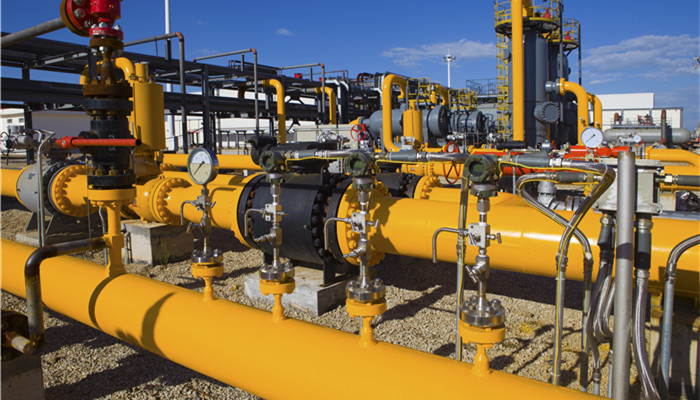
Methanol to aromatics (MTA) research and development enthusiasm is high and my country has raw material advantages
Methanol to aromatics (MTA) is an important way to synthesize high-quality aromatics using non-petroleum routes. Methanol is converted into aromatics through a reaction under the action of a catalyst. Methanol to aromatics has the advantages of low operating costs, high yield of finished products, simple process, and green and environmental protection. The finished products are widely used in fields such as synthetic rubber, synthetic fibers, and synthetic resins.
According to the “2023-2028 China Methanol to Aromatics (MTA) Industry Market In-depth Research and Development Prospects Forecast Report released by the Industrial Research Center 》 shows that the main raw material for producing aromatics from methanol is methanol. Methanol, also known as wood alcohol and hydroxymethane, is an important chemical fuel and basic chemical raw material, and is widely used in many fields. my country is the world’s largest methanol producer. According to statistics from the China Nitrogen Fertilizer Industry Association, my country’s methanol production will reach 80.225 million tons in 2022, a year-on-year increase of 3.3%. At present, the overcapacity phenomenon in my country’s methanol industry is relatively serious. The development of methanol-to-aromatics technology can effectively increase aromatics production capacity and further improve the utilization rate of methanol production capacity.
Aromatic hydrocarbons, also known as aromatic hydrocarbons, are hydrocarbons and are important organic chemical raw materials. In recent years, with the accelerated development of downstream industries, my country’s aromatics market has been in short supply. Traditional aromatic hydrocarbon preparation is mainly based on the petroleum route. Petroleum is a non-renewable resource and has high mining costs. As an emerging aromatic preparation method, methanol to aromatics has the advantages of low operating costs and sufficient supply of raw materials, and is expected to have broad application prospects in the future.
In recent years, thanks to national policy support, my country’s research and development of methanol-to-aromatics has been enthusiastic. Scientific research institutions such as Tsinghua University, Shanxi Institute of Coal Chemistry, Chinese Academy of Sciences, Dalian Institute of Chemical Physics, Chinese Academy of Sciences, and Sinopec Shanghai Institute of Petrochemicals have made new progress in research on methanol to aromatics technology. Tsinghua University is one of the earliest scientific research institutions in my country to participate in the research and development of methanol-to-aromatics technology. Currently, its independently developed fluidized bed methanol-to-aromatics technology (FMTA) has been adopted by many aromatics companies in my country.
The main players in my country’s methanol-to-aromatics market include Dongming CITIC Guoan Ruihua New Materials Co., Ltd., Qitaihe Baotailong Coal Chemical Co., Ltd., Inner Mongolia Kingho Group Wusita Energy Chemical Co., Ltd., Donghua Engineering Technology Co., Ltd., Shaanxi Baoniang Chemical Group Co., Ltd., etc. Baotailong has a complete methanol industry chain and has completed the construction of a methanol-to-aromatics project with a production capacity of 300,000 tons/year, making it a leading enterprise in my country’s coal chemical industry.
Industry analysts said that in recent years, as many companies and scientific research institutions have continued to increase investment in research and development, my country’s methanol to aromatics technology has obtain further breakthroughs. my country’s methanol supply is sufficient, providing favorable conditions for the development of the methanol-to-aromatics industry. It is expected that in the future, with in-depth research and technological progress, the development speed of my country’s methanol to aromatics industry will accelerate.

 微信扫一扫打赏
微信扫一扫打赏

